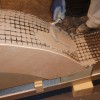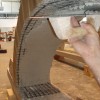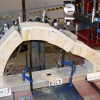A Simple, Mildly Invasive Solution for Conserving Historic Buildings
Stone masonry arches form part of numerous historic buildings -- religious edifices, bridges, walkways, and aqueducts. Although solid structures are involved, the environmental and historical conditions of the bearing load, use and accidental factors can cause their collapse, with the consequent loss of architectural heritage. Industrial engineer Dr. Leire Garmendia studied an innovative system for the rehabilitation of these masonry arches, which is minimally invasive and more manageable than current methods. Her European doctoral thesis, undertaken at the Tecnalia Construction Unit and presented at the University of the Basque Country (UPV/EHU), is entitled Rehabilitation of masonry arches by a compatible and minimally invasive strengthening system.
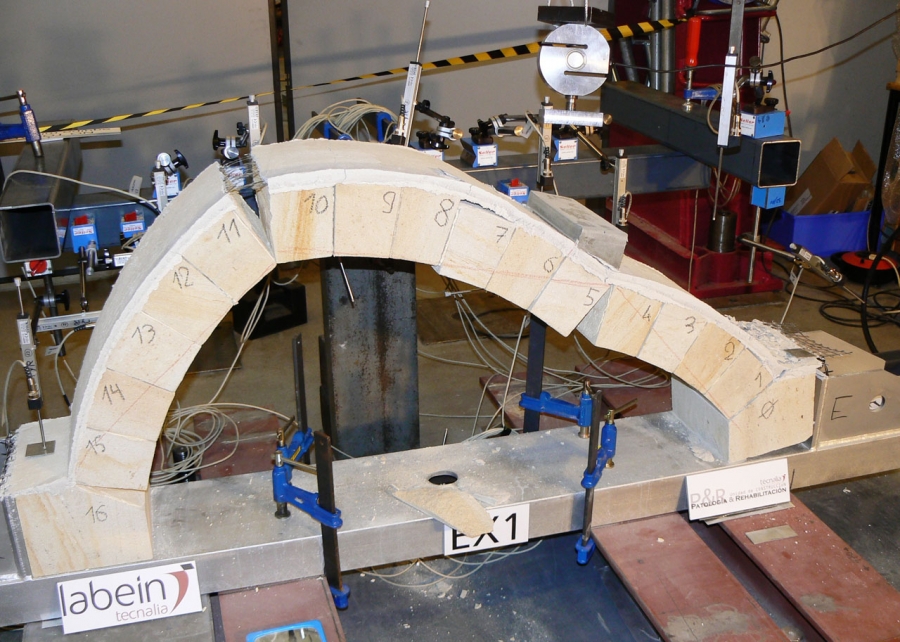 Credit: Elhuyar Foundation
Credit: Elhuyar Foundation
The solution proposed is based on a composite material known as BTRM (Basalt Textile-Reinforced Mortar). This involves a series of tissues of basalt embedded in an inorganic matrix (cement-free mortar modified with polymers). With her research, Ms. Garmendia aimed at contributing greater knowledge on the behavior of masonry arches, as well as on the efficaciousness of the BTRM system applied to such arches.
BTRM System
The researcher was able to show that, thanks to the physicochemical characteristics of BTRM components (resistance to high temperatures, permeability water vapour, flexibility, etc.), that this composite material is compatible with the elements to be reinforced in arches. Moreover, it involves an easy-to-apply technology for buildings and especially for those with complex geometries like arches or vaulting. Also notable is its competitive cost compared to the more usual reinforcement methods employed to date.
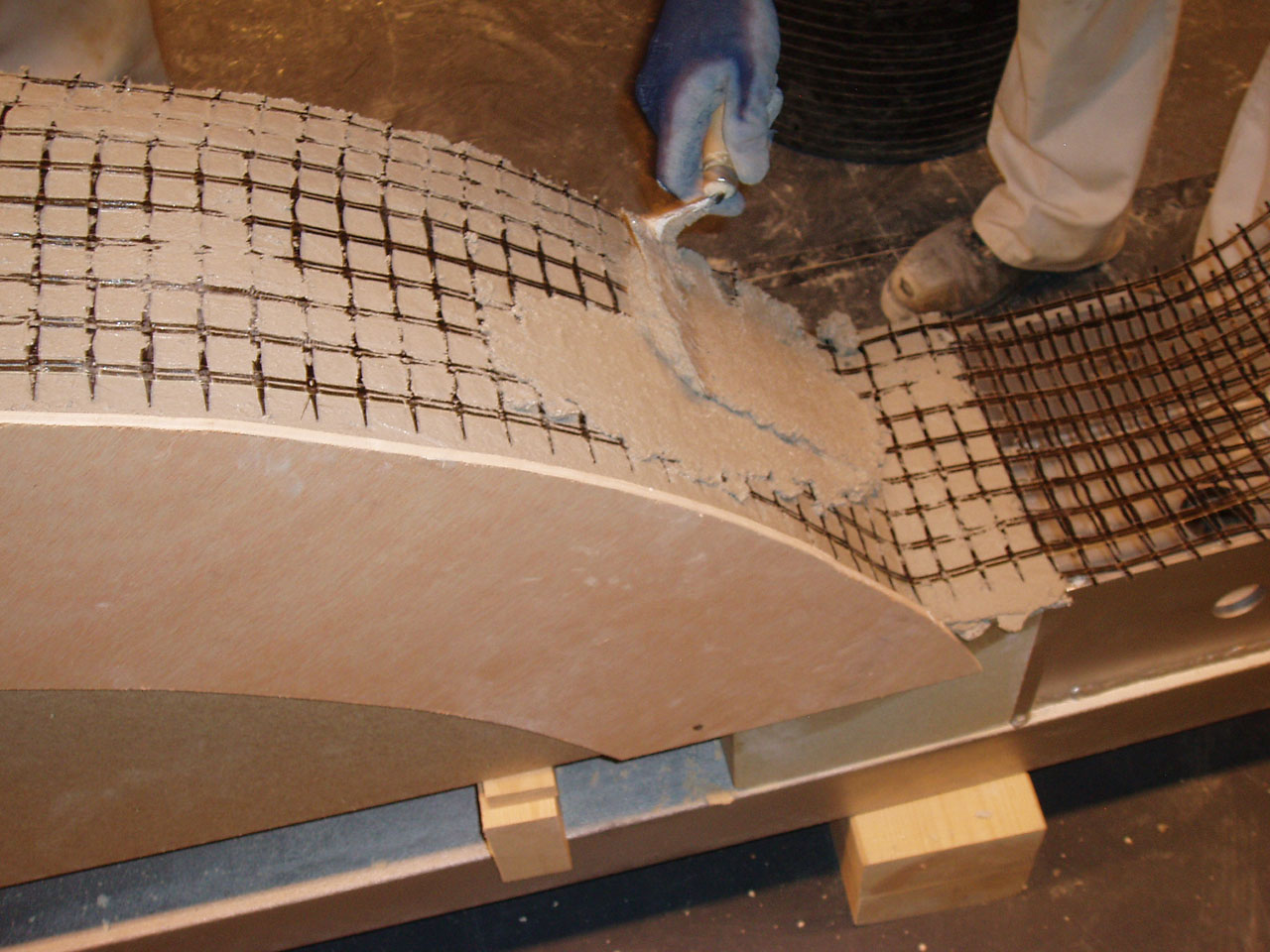
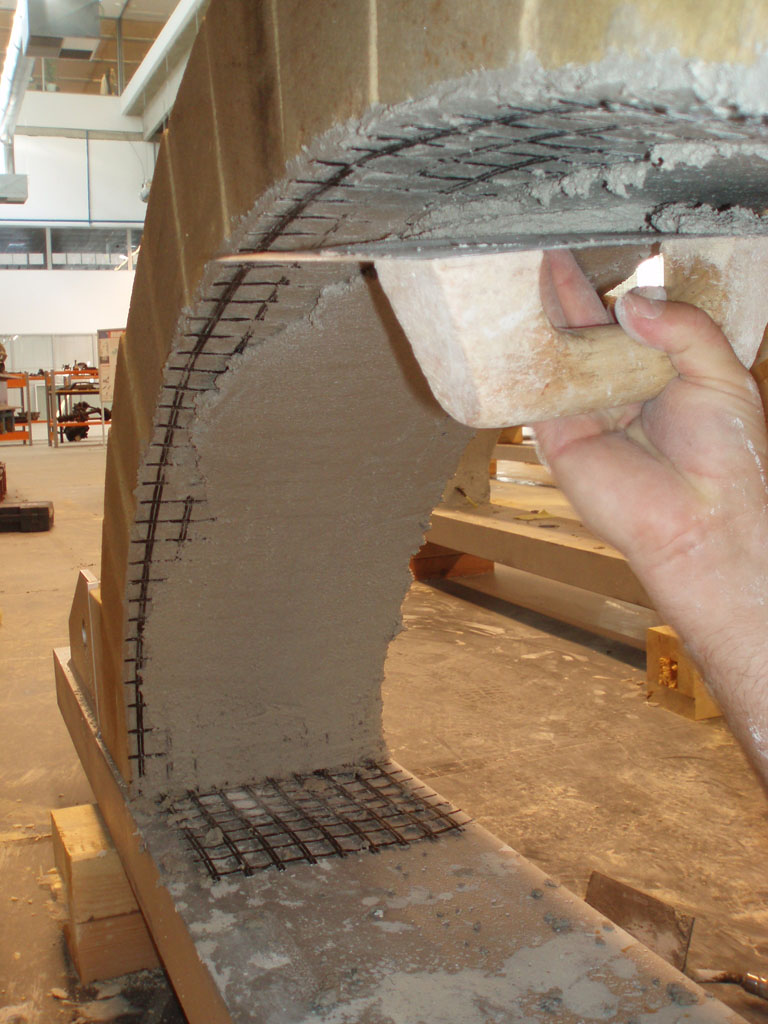
The work carried out to arrive at these conclusions used a comprehensive, integral approach, with this reinforcement solution applied to stone buildings and, more specifically, to stone masonry. First, mineralogical and mechanical characterization tests were carried out on the materials making up the construction, both at the level of each constituent material and also for the overall structure; for the latter, 24 medium-scale, prismatic concrete test pieces were made, varying the material type (mortar and stone) and its bonding. Then the proposed reinforcement system put forward was looked at in more detail; carrying out physicochemical tests on the basalt tissue, the inorganic matrix and the tissue-matrix compound.
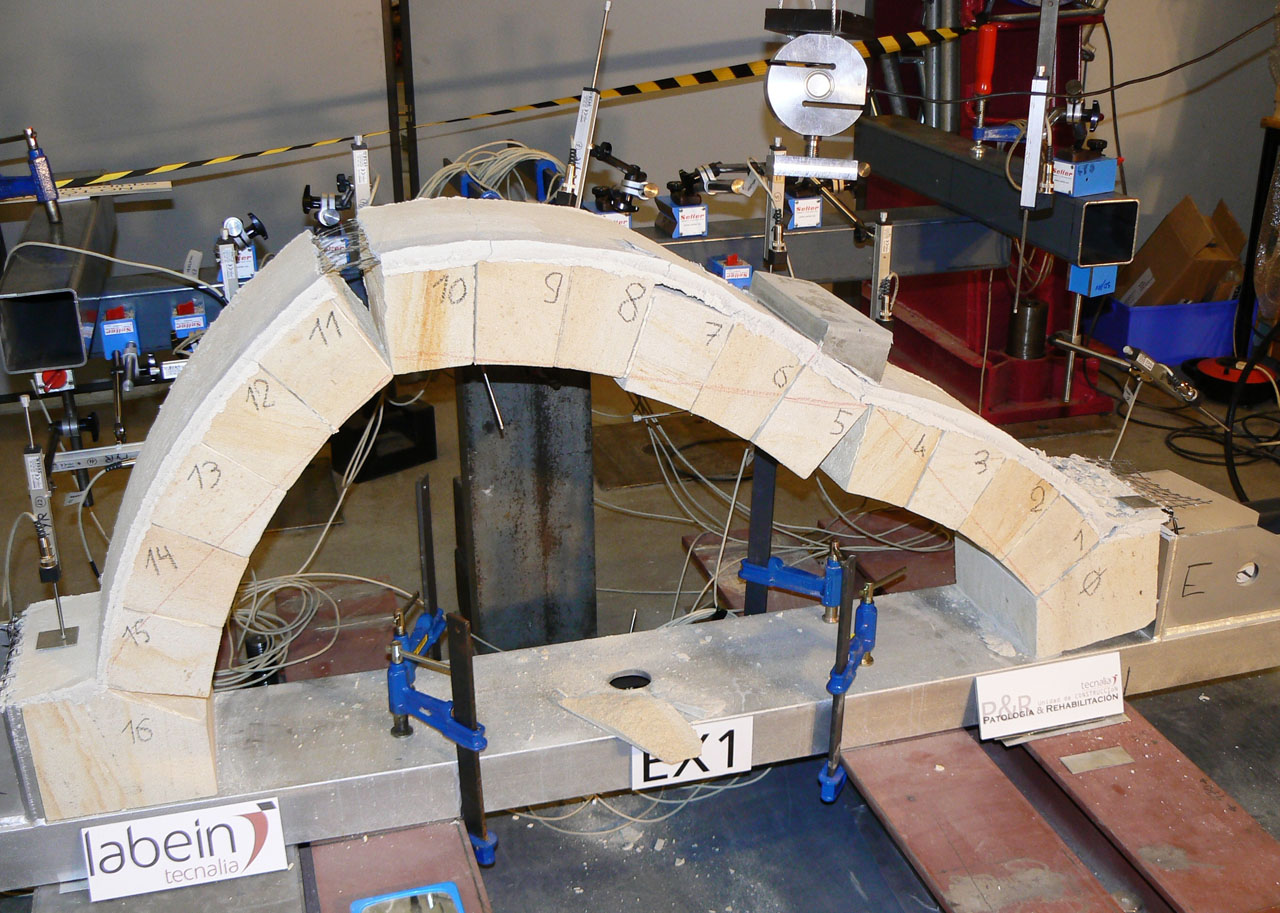
A third stage involved carrying out trials on twelve arches -- technical control of displacement to the point of reaching collapse. These arches were built and reinforced according to different criteria, both in terms of their typology (stone masonry with or without mortar between the keystones/voussoirs) and in terms of reinforcement (without BTRM either with piers -- the lower surfaces of the arches, or with extrados, the upper surfaces of the arches, or with both). Finally, various calculation methods were employed to mathematically evaluate the effect of the reinforcement solution proposed.
In conclusion, the experimental results reached with the PhD have shown the physicochemical compatibility between the BTRM system and the corresponding substrate of the stone construction to be reinforced, as well as validating its mechanical effectiveness in the reinforcement of arched structures. Thus, it was verified that this reinforcement solution could be the optimum alternative to traditional methods.

